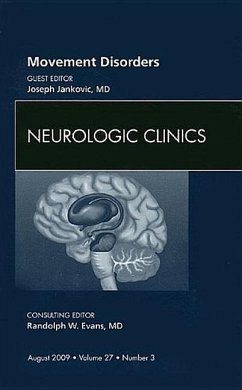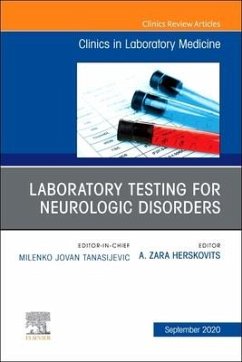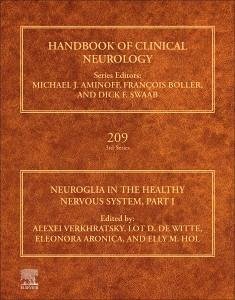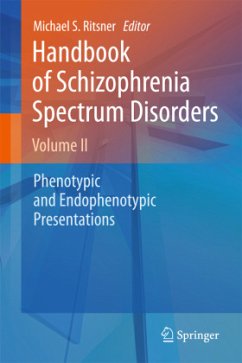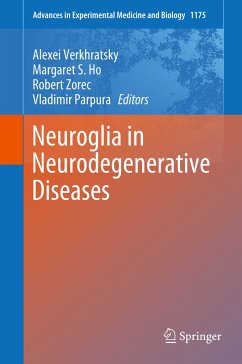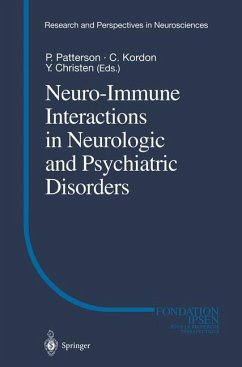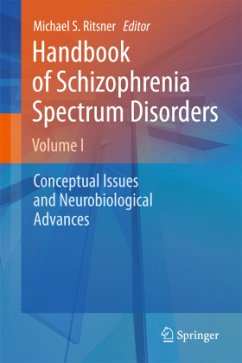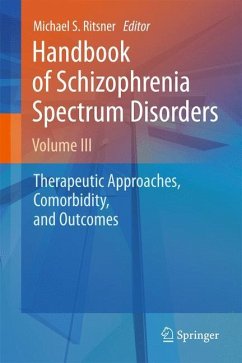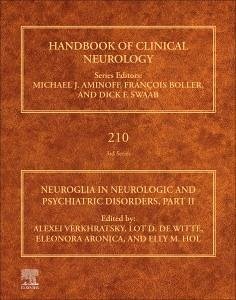
Neuroglia in Neurologic and Psychiatric Disorders, Part II

PAYBACK Punkte
116 °P sammeln!
Neuroglia in Neurologic and Psychiatric Disorders, Part II discusses glia relative to neurologic and psychiatric disorders, emphasizing cross-disease-glial cell dysfunctions. Driven by advances in genetics, transcriptomics, electrophysiologic and imaging techniques, as well as by the increase in knowledge on neuropathologic features and underlying disease mechanisms, this book bridges the gap between neuroglia basic science and neuroglia clinical research.





